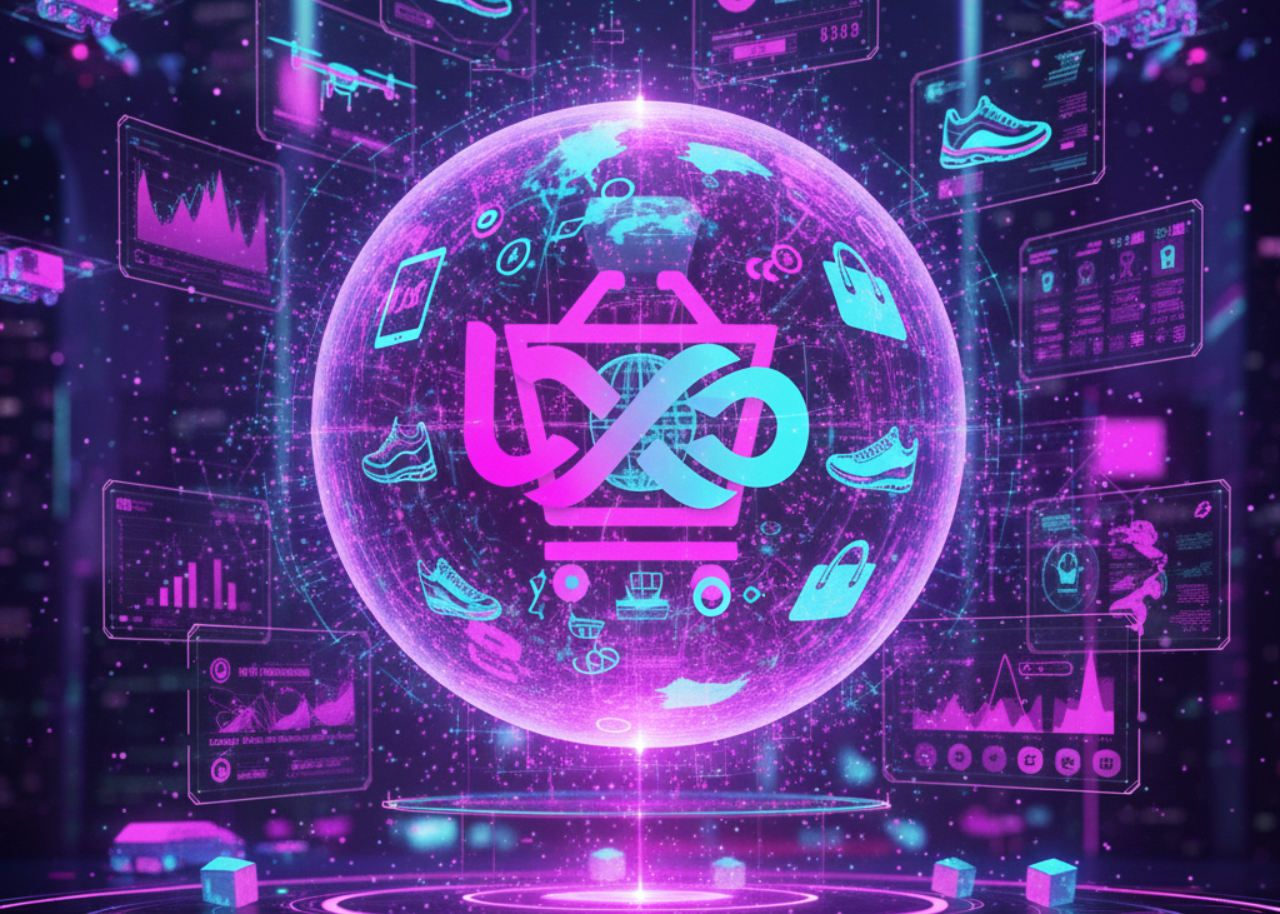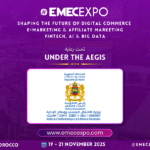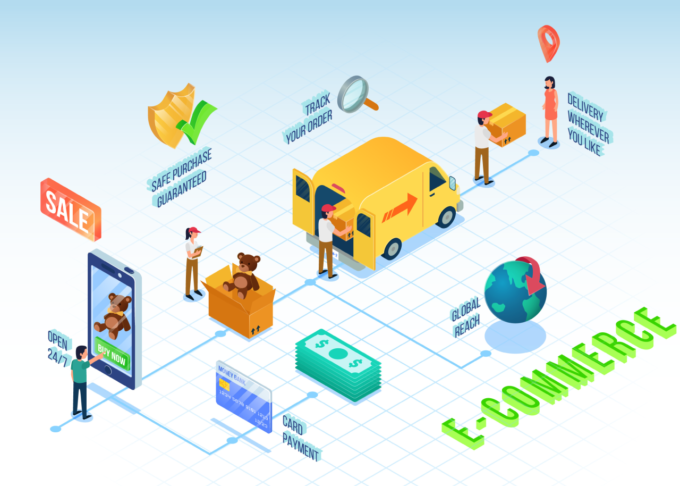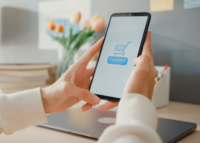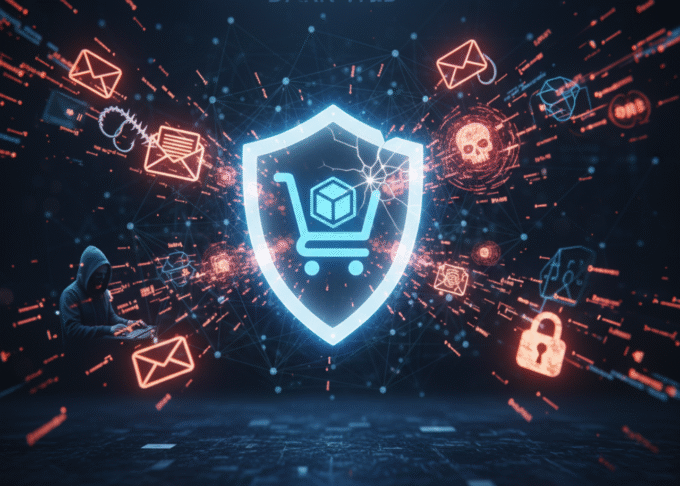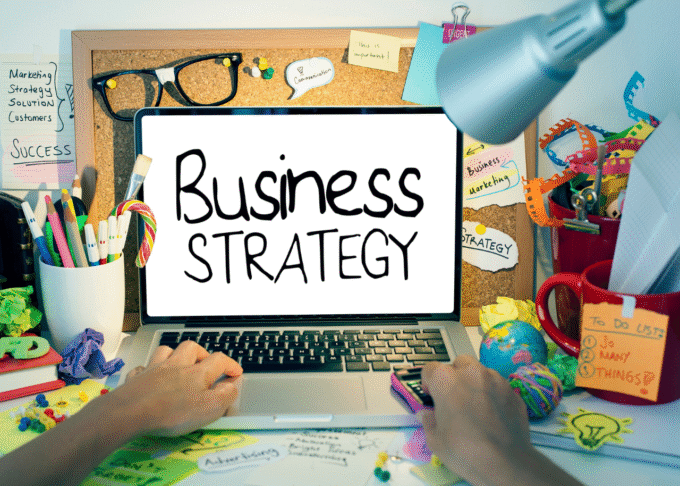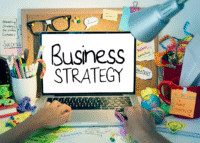Selling online isn’t what it used to be. A decade ago, you could throw a product on a website, run some ads, and make sales. Today, the e-commerce market is crowded: in 2025, there are over 26 million online stores worldwide competing for attention. In this noisy digital mall, simply having products isn’t enough.
The difference between stores that grow and stores that disappear? Branding.
Why Branding Matters More Than Ever
A 2023 Nielsen study found that 59% of global consumers prefer to buy from brands they recognize, even if it costs more. Meanwhile, McKinsey reports that brand loyalty drives profitability, with loyal customers being five times more likely to repurchase and seven times more likely to recommend.
In other words: if your store has no brand, you’re competing only on price and that’s a race to the bottom.
What “Brand” Really Means (Beyond the Logo)
Think of your brand as your business’s human side. It’s not just a logo or a font; it’s the personality people connect with.
Your brand includes:
- Voice: How you talk to customers (friendly, expert, playful, etc.).
- Story: Why you exist and what you stand for.
- Feeling: The emotion people associate with your products.
- Trust: The reason they feel safe buying from you instead of a stranger.
Psychologists call this the “mere-exposure effect”, the more familiar people feel with your brand, the more likely they are to trust and buy from you.
The Risk of Being “No Name”
If you skip branding, three predictable problems show up:
- You’re a commodity.
A study by Bain & Company shows that 60% of online shoppers compare products mainly by price when they don’t perceive brand differences. No brand = no loyalty. - You lack credibility.
Edelman’s Trust Barometer reveals that 81% of consumers need to trust a brand before buying from it. A faceless website feels risky; a brand signals legitimacy. - You lose repeat business.
According to Harvard Business Review, acquiring a new customer is 5 to 25 times more expensive than retaining one. Branding is what keeps customers coming back.
Branding in Action: Two Quick Cases
Casetify (Phone Cases)
You can buy a generic black case for 100 DHs. Or a Casetify case for 450 DHs. Why do people pay more? Because Casetify built a brand around self-expression: collaborations with artists, personalized designs, and strong social media storytelling. They’re not selling protection; they’re selling identity.
Ritual (Vitamins)
Generic supplements are everywhere. Ritual grew by branding themselves as transparent and science-backed. They publish ingredient sources, highlight clean design, and tell a story of trust. The result? Customers pay more for peace of mind.
Both examples show that people don’t just buy products, they buy the feeling attached to the brand.
Where to Learn Branding That Works
In today’s crowded online marketplace, selling products isn’t enough. People don’t just buy what you sell—they buy who you are as a brand. Strong branding builds trust, creates loyalty, and turns one-time buyers into lifelong advocates.
The good news? You don’t have to figure it out alone. At EMECEXPO, you’ll discover the latest strategies, tools, and insights from experts who have built brands that people love. You’ll meet partners like Sendit, Shipsen, Taager.com, Done, Storeino, Ozonexpress, and more. tools that empower small sellers to grow and stand out.


